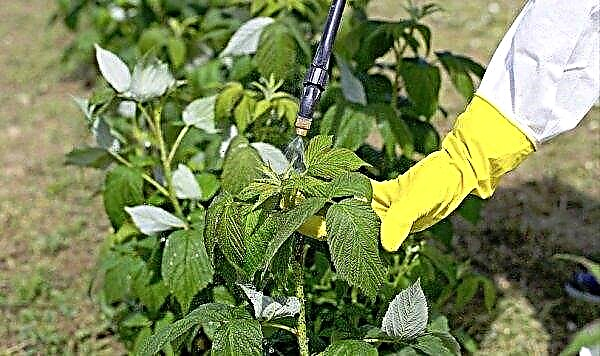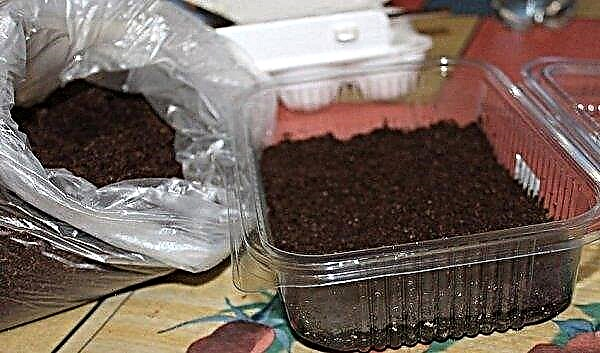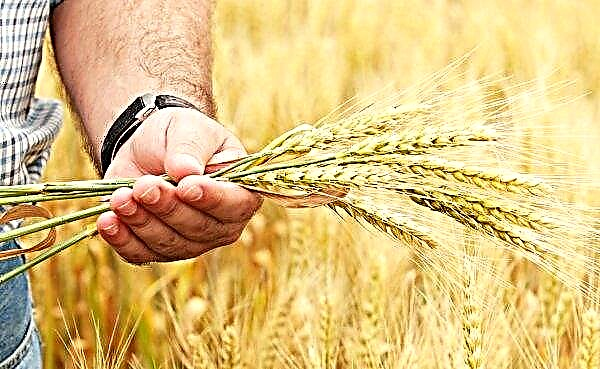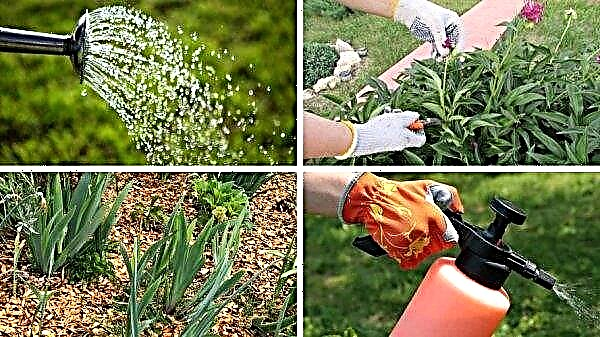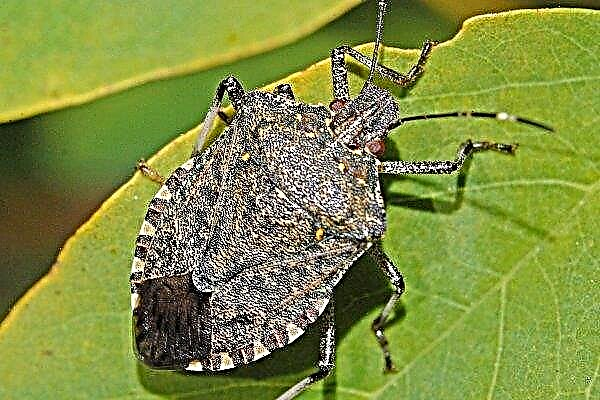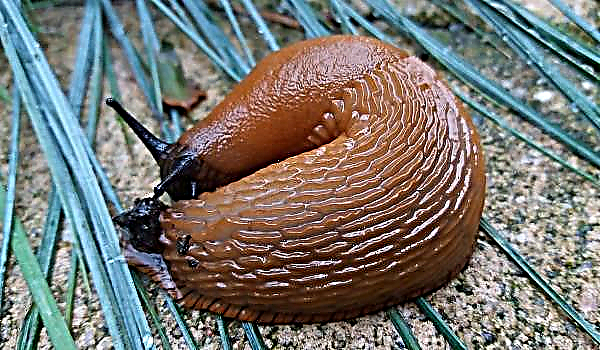Growing tomatoes in a greenhouse is a very time-consuming process that requires a lot of patience and time. Even experienced gardeners often face a problem such as fruit falling. In this article, we consider all possible causes and solutions to this problem.
Why tomatoes fall in the greenhouse
Falling green ovaries of tomatoes from branches is a very common problem. Such an incident indicates the presence of problems with the plant, as well as the improper care of it. There are a number of the most probable problems, therefore, it is necessary to determine the cause of the disease and eliminate it.
Violation of growing conditions
Tomatoes are vegetables that are whimsical to the environment; therefore, the fall of unripened fruits from the bush may be the result of improper temperature conditions. The optimal temperature for normal tomato growth is +20 ... + 25 degrees.
Cold environment and intense heat will have a very detrimental effect on the bushes, and it will be almost impossible to achieve a crop. Also, tomatoes often fall due to the fact that the water is too cold. It is best to water the bushes with room temperature water.
Also, tomatoes often fall due to the fact that the water is too cold. It is best to water the bushes with room temperature water.
Often the buds come off due to the fact that in the greenhouse air exchange or humidity is disturbed. Excessive water in soil and air affects the development of red fruits. The greenhouse should not be too wet, but not drought. Watering the bushes is necessary only with the complete absorption of moisture into the soil.
Lack of pollination
Another common reason for the separation of unripe tomatoes is the lack of pollination in the greenhouse. The fact is that in an outdoor garden all plants are pollinated without human help. For this purpose, wind and insects serve, which quickly spread pollen over long distances.
Since there is no access to insects and wind in the greenhouse, pollination must be carried out manually. If this process is not done, the buds will fall off.
Did you know? Farmers who grow tomatoes on an industrial scale install beehives in pollination greenhouses.
Other reasons
In addition to the above, there are a number of reasons that are slightly less common than problems with temperature, moisture and pollination.
So, other reasons for tearing unripe tomatoes:
- the presence of diseases (pest damage);
- seedlings were obtained from "own seeds";
- crowded bushes, not enough light;
- lack of fertilizers (potassium, phosphorus);
- low pollen productivity (result of chemical treatment);
- an excess of nitrogen in the soil.

Troubleshooting Methods
In order to permanently get rid of the problem, the first thing to do is to correctly identify the cause. After that, eliminating the falling of tomatoes will not be difficult.
Growth stimulant spraying
Growth stimulants have an excellent effect on the bushes from which immature ovaries come off.
Each of the proposed stimulants (immunomodulators) can be used in two ways:
- soak the seeds in the solution before planting (drugs will accelerate the development of the roots of the system, and, accordingly, growth);
- spray seedlings after planting.
So, the best tools and methods of application:
- Kornevin. Use 1 package per 5 liters of warm water. The drug has an excellent stimulating effect, develops resistance to diseases. Suitable for greenhouses with a small amount of lighting.
- Epin Extra. Universal growth-promoting drug. The solution is prepared from 2-3 drops per 100 ml of water and the seeds are soaked.
- Zircon. 2-3 drops are diluted in a liter of water. Mix thoroughly, spray the seedlings. The drug has an excellent growth-stimulating effect, develops resistance to diseases. Suitable for greenhouses with a small amount of lighting.
- Silk. Different manufacturers advise using different proportions. Terms of use must be read in the instructions.
- Humate sodium. The drug increases productivity up to 60%. Dissolve 10 g of the substance in 3 l of hot water and insist for at least 10 hours. They are used both for soaking seeds and for spraying.

Compliance with microclimate
Compliance with the microclimate is the most important condition for the health of tomato bushes.
Requirements for optimal growth:
- temperature conditions (+20 ... + 25 degrees), with the expected cold weather it is necessary to install additional heating;
- average humidity: it is impossible to fill in bushes or to leave the dry earth;
- water the plants need exclusively warm water;
- drafts in the greenhouse are not welcome, it is also necessary to insulate the walls so that the heat does not go beyond the building.
Pollination
Pollination in a greenhouse can occur in two ways:
- in a natural way (wind, insects);
- artificially (with the help of humans).
For natural pollination in a greenhouse, you must:
- during flowering, open opposite doors and windows to create a draft (in this way the pollen is showered from the flowers);
- plant bait flowers (honeybees) between tomatoes, which will attract bumblebees and bees to the greenhouse.
For artificial pollination it is necessary:
- gently shake the bushes, holding them by the trunk;
- use artificial wind (using special fans);
- with a brush, collect pollen from flowers and transfer it to other flowers.
Loosening the soil and forming a bush
Weeding weeds is a daily procedure that is carried out along with loosening the soil and watering. After each watering, the soil must be loosened to evenly distribute moisture, and also so that the earth does not dry out. The most rational way to provide moisture to the bush is a modern drip irrigation.
After each watering, the soil must be loosened to evenly distribute moisture, and also so that the earth does not dry out. The most rational way to provide moisture to the bush is a modern drip irrigation.
Tying should be done as the shrub grows. This is done so that the heavy fruit does not break branches with its weight and does not bend them to the ground. If this happens, get a saturated ripe fruit will not work.
The methods of garter in the greenhouse are identical to tying bushes in the open air:
- garter "on the thread" (at the beginning and end of the beds iron fittings are installed and a dense thread is drawn through the entire bed, and branches are knitted to it);
- individual iron framesthat are installed near each bush.
Important! Garter needs to be thought in advance and a place should be maintained between cultures for the installation of supports.
Preventive measures
Preventing a problem is much easier than fixing the consequences.
Methods for preventing the fall of unripe tomatoes are:
- climate control (temperature, humidity);
- timely watering and top dressing with necessary microelements;
- organization of a sufficient amount of light in the greenhouse;
- control pollination of bushes (attracting insects or hand pollination);
- timely garter and installation of supports for large shrubs.
 So, the fall of unripe tomato fruits is a very common problem, the cause of which is most often not quite the right care. However, it’s never too late to correct one’s mistakes, and when the external factors change as soon as possible, the problem will disappear by itself.
So, the fall of unripe tomato fruits is a very common problem, the cause of which is most often not quite the right care. However, it’s never too late to correct one’s mistakes, and when the external factors change as soon as possible, the problem will disappear by itself.

